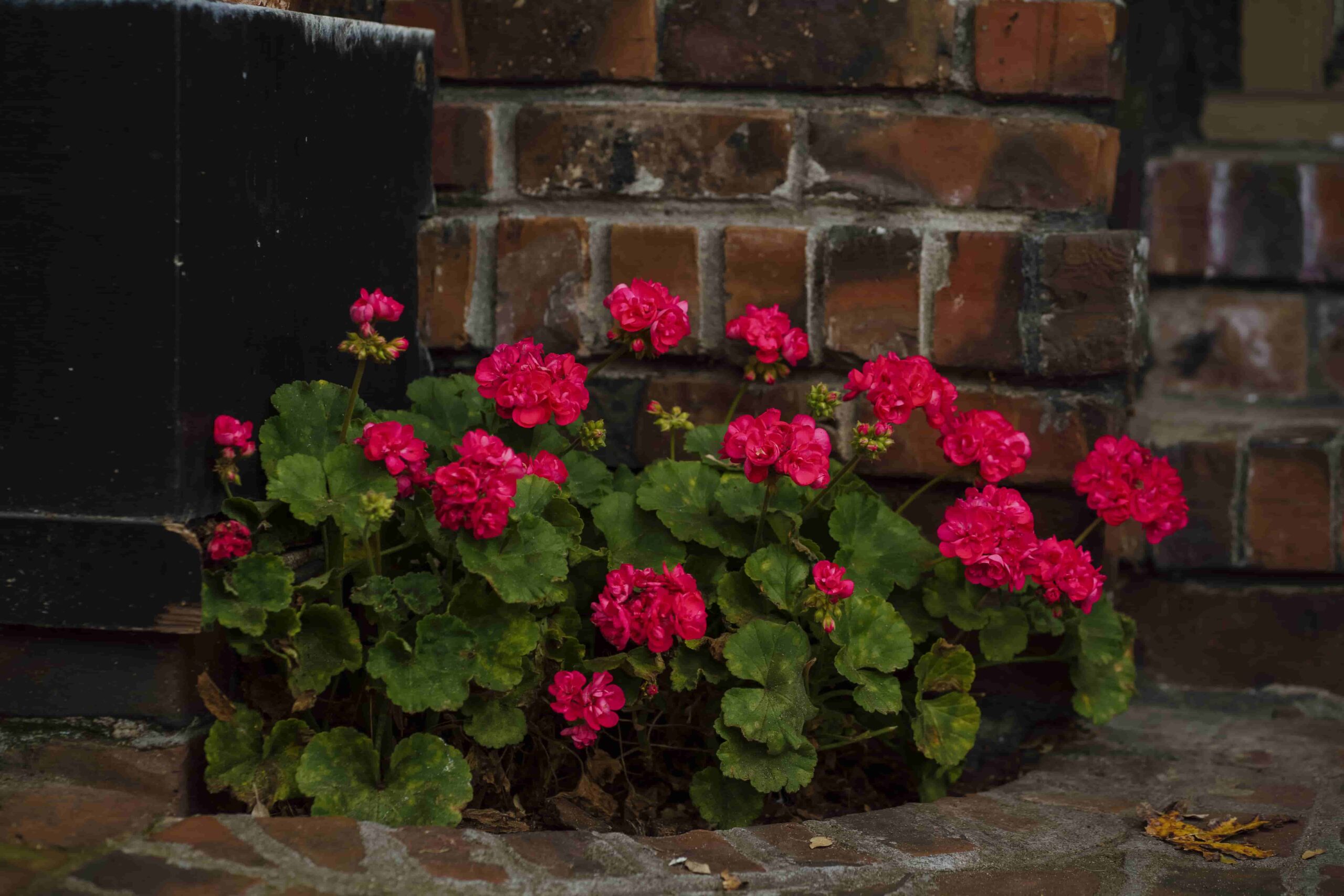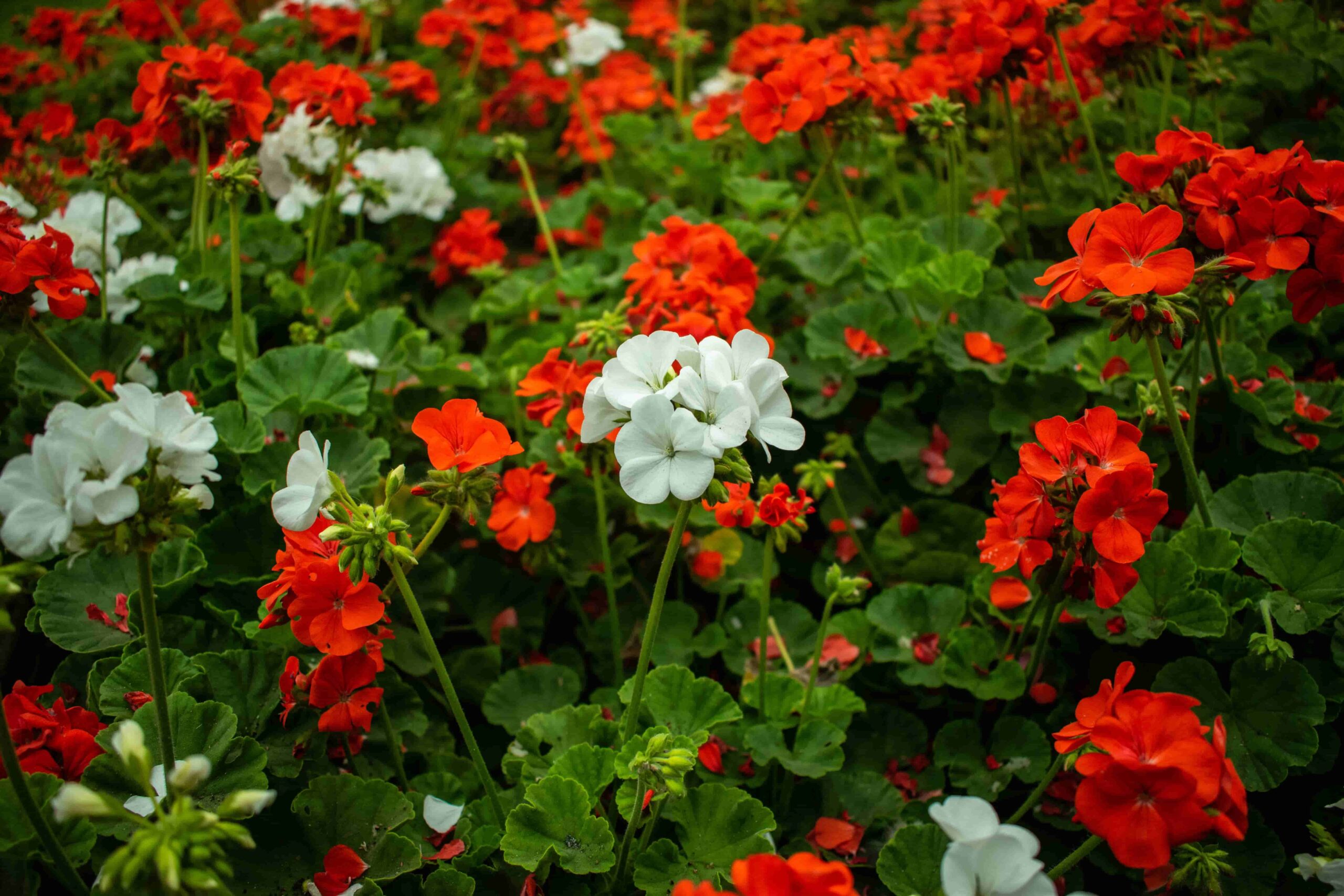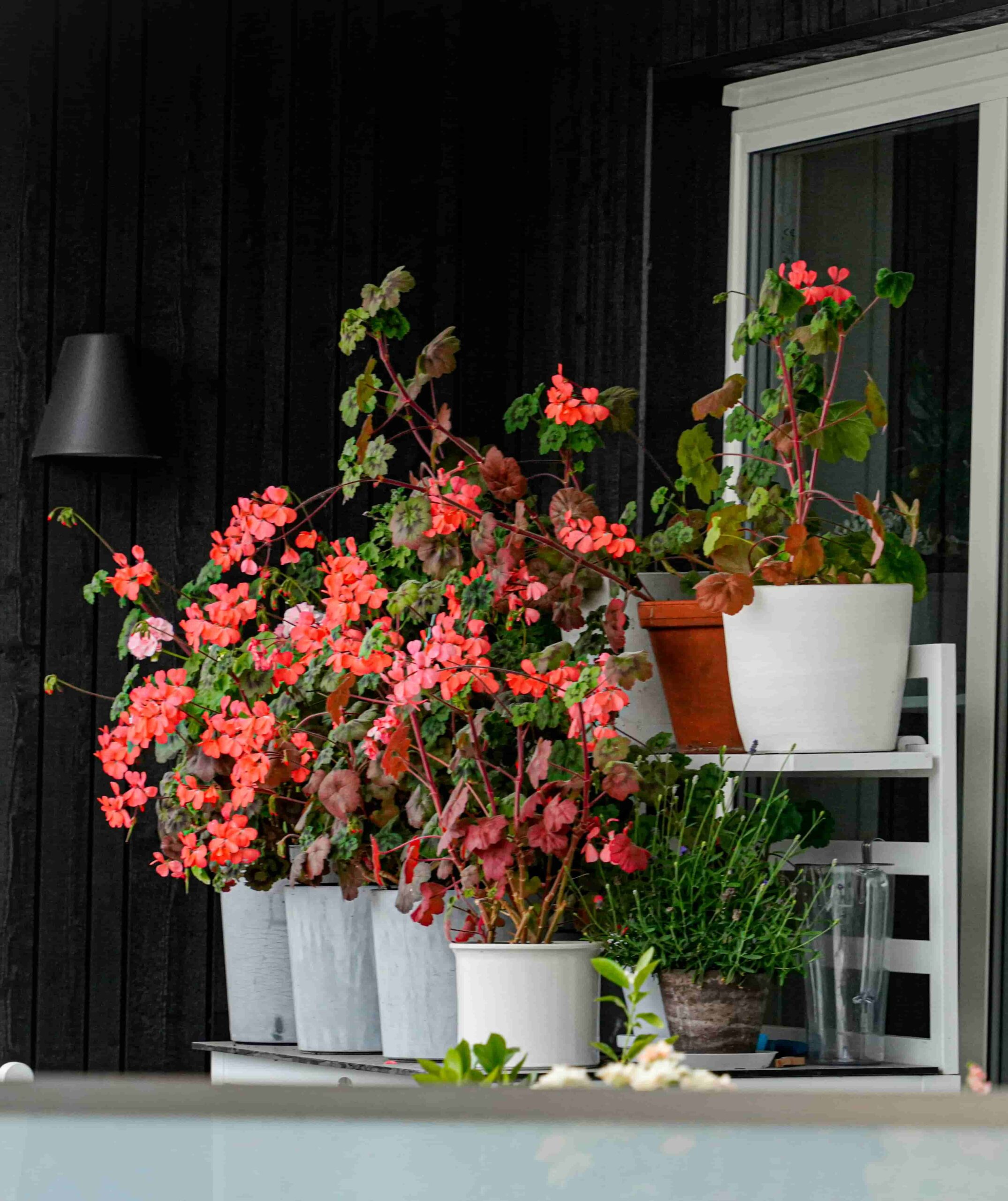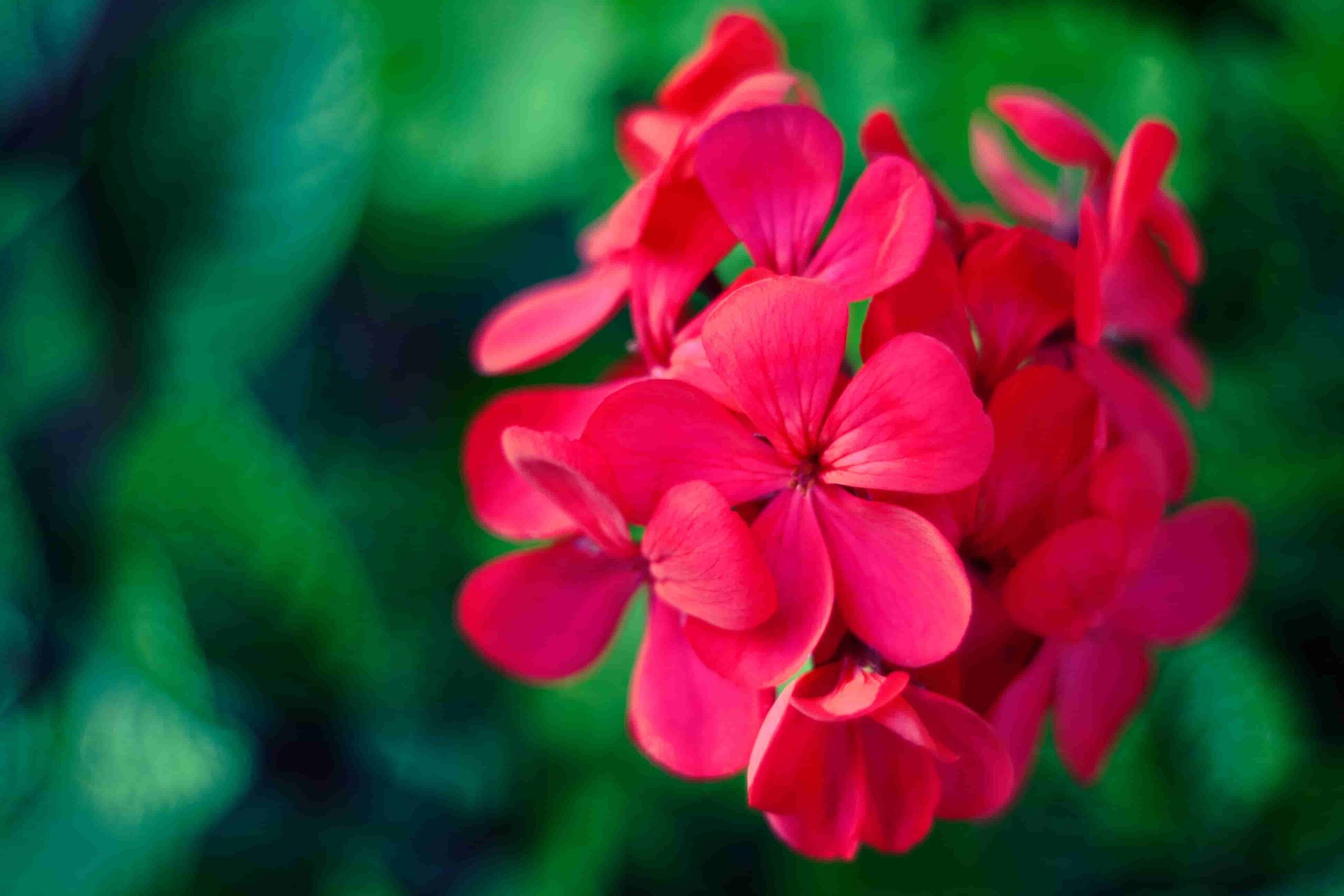Introduction
Geraniums are a popular option among gardeners when it comes to flowering plants. They offer beauty and elegance to any garden or landscape with their vivid colors and appealing leaves. This essay will go into the world of geraniums, covering its varieties, growing suggestions, and correct maintenance. This thorough book will give you with all the information you need to grow and maintain magnificent geranium, whether you’re a novice or an expert gardener.
Table of Contents
- Introduction
- Types of Geranium
- Choosing the Right Geranium for Your Garden
- Preparing the Soil for Geraniums
- Planting Geranium
- Watering and Fertilizing Geraniums
- Geranium Care and Maintenance
- Dealing with Pests and Diseases
- Propagating Geraniums
- Overwintering Geraniums
- Creative Uses of Geraniums in the Garden
- Conclusion
- FAQs About Geraniums
Types of Geranium
Geranium belong to the genus Pelargonium and have a wide range of cultivars. Here are some common geranium varieties:
- Zonal Geranium (Pelargonium x hortorum): Known for their round, scalloped leaves and large flower heads, zonal geranium varieties are the most common type found in gardens.
- Ivy Geranium (Pelargonium peltatum): Ivy geranium varieties feature trailing stems and are perfect for hanging baskets or cascading over walls.
- Scented Geranium (Pelargonium spp.): These geranium varieties have aromatic leaves with scents like rose, lemon, mint, and apple.
- Regal Geranium (Pelargonium domesticum): Regal geranium varieties have enormous, gorgeous flowers in a variety of colors.
Choosing the Right Geranium for Your Garden

Before starting your geranium journey, it’s essential to choose the right geranium for your garden. Consider the following factors when selecting geranium:
- Climate: Geranium plants thrive in temperate climates, but some varieties are more tolerant of heat or cold.
- Sunlight: Most geranium plants require full sun to bloom profusely, but some varieties can tolerate partial shade.
- Colors and Bloom Types: Decide whether you prefer single-colored or multi-colored blooms and the size and shape of the flower heads.
Preparing the Soil for Geraniums
Geranium plants prefer soil that drains properly. To prepare the soil for best geranium development, follow these steps:
- Choose a Suitable Location: Select a spot in your garden that receives at least six hours of sunlight daily.
- Soil Testing: Conduct a soil test to assess the pH level and nutrient makeup of the soil. Geranium plants prefer slightly acidic to neutral soil (pH 6.0-7.0).
- Amend the Soil: Apply organic materials, such as compost or well-rotted manure, when necessary to improve soil fertility and drainage.
Planting Geranium
Once the soil is ready, it’s time to plant your geranium:
- Dig Holes: Dig holes that are slightly wider and deeper than the root balls of the geranium.
- Space Them Out: Place the geranium plants in the holes, leaving a distance of 12 to 18 inches between each plant.
- Backfill and Water: Fill the holes with soil, gently firming it around the roots. Water thoroughly to help the plants settle.
Watering and Fertilizing Geraniums
Proper watering and fertilization are crucial for healthy geranium plants:
- Watering: Geranium plants prefer evenly moist soil. Water them deeply whenever the top inch of soil feels dry, but avoid overwatering to prevent root rot.
- Fertilizing: During the growth season, treat your geranium plants using water-soluble fertilizers approximately every two to four weeks. To ensure the correct dose, follow the instructions on the fertilizer container.
Geranium Care and Maintenance

To ensure your geraniums thrive, follow these care and maintenance tips:
- Deadheading: Remove wilted flowers on a regular basis to stimulate continuing flowering.
- Pinching: Pinch back the growing tips of your geranium plants to promote bushier growth.
- Pruning: Trim leggy stems and remove any diseased or damaged foliage to maintain plant health.
- Mulching: Apply a layer of organic mulch around the base of the plants to conserve moisture and suppress weed growth.
Dealing with Pests and Diseases
Like any plant, geraniums can face pest and disease issues. Following are some examples of typical issues and associated solutions:
- Aphids: Spray a mixture of water and mild soap on the affected plants or introduce beneficial insects like ladybugs.
- Powdery Mildew: Improve air circulation and avoid overhead watering to prevent powdery mildew. Use a fungicide if necessary.
- Spider Mites: Rinse the leaves with a strong stream of water or apply insecticidal soap to control spider mites.
Propagating Geraniums
If you want to expand your geranium collection, you can propagate them easily:
- Taking Stem Cuttings: Cut a 3 to 4-inch stem below a leaf node, remove the lower leaves, and place the cutting in a pot with well-draining soil.
- Rooting Hormone: Dip the cut end of the stem in a rooting hormone powder to encourage root development.
- Providing Optimal Conditions: Place the pot in a warm, bright location and mist the cutting regularly to maintain humidity.
Overwintering Geraniums
In regions with frosty winters, overwintering geraniums is necessary to protect them from cold temperatures:
- Digging up the Plants: Before the first frost, carefully dig up the geranium plants, keeping the root ball intact.
- Trimming and Storage: Trim the plants back to about 6 inches, remove any dead foliage, and store them in a cool, dark place like a basement or garage.
- Periodic Check-ups: Check on your stored geraniums occasionally to ensure they remain healthy and free from rot or pest infestations.
Creative Uses of Geraniums in the Garden

Apart from their traditional use in garden beds, geraniums offer versatile options for creative garden designs:
- Container Gardening: Plant geranium in decorative pots and containers to add color and interest to patios, balconies, and porches.
- Vertical Gardens: Grow climbing or trailing geraniums on trellises or vertical structures to create living walls or screens.
- Companion Planting: Pair geraniums with other plants, such as roses or lavender, to create visually appealing and beneficial plant combinations.
Conclusion
Geraniums are undoubtedly a fantastic addition to any garden. With their stunning blooms, variety of colors, and easy maintenance, they bring joy and charm to outdoor spaces. By following the guidelines provided in this article, you can successfully grow and care for these flowering plants in your own garden. Remember to choose the right types of geranium varieties, prepare the soil adequately, and provide proper watering, fertilization, and maintenance. By taking these steps, you’ll be rewarded with a garden filled with vibrant and flourishing geraniums.
FAQs About Geraniums
1. Are geraniums annual or perennial plants?
Geraniums are often grown as annuals, but some varieties are perennials and can survive for multiple years with proper care.
2. Can geraniums be grown indoors?
Yes, geraniums can be grown indoors as long as they receive sufficient sunlight and are placed in well-draining containers.
3. How often should I deadhead my geraniums?
Regular deadheading is recommended to promote continuous blooming. Remove wilted flowers as soon as you notice them.
4. Can I save geranium seeds for future planting?
Yes, geranium seeds can be saved for future planting. Allow the seed heads to dry on the plant, collect the seeds, and store them in a cool, dry place.
5. Do geraniums attract pollinators?
Geraniums produce nectar-rich blooms that attract pollinators like bees and butterflies, making them beneficial for garden ecosystems.

